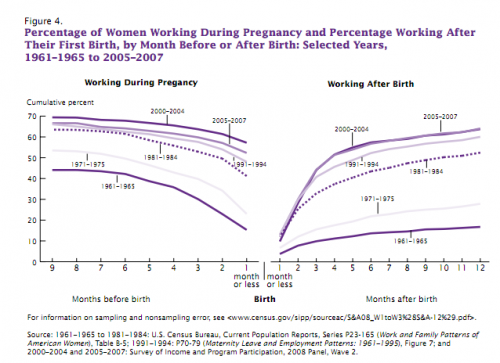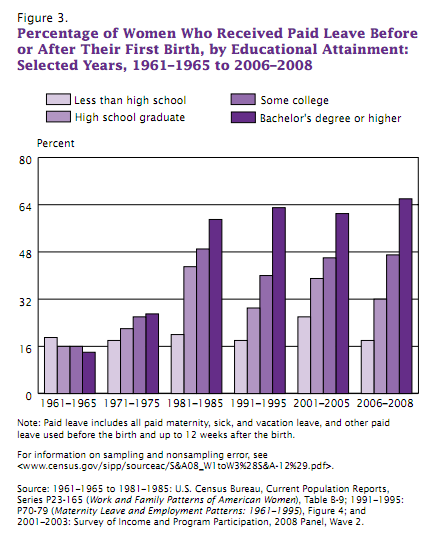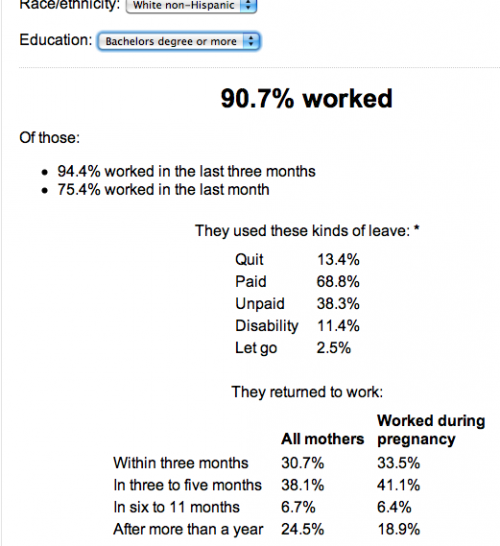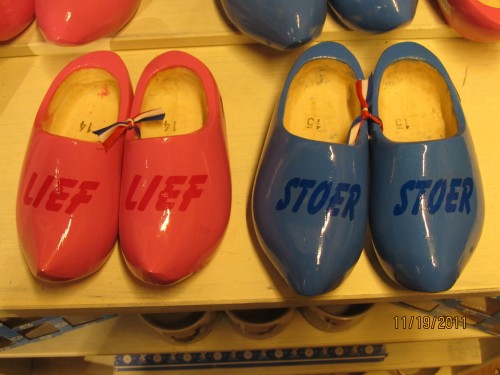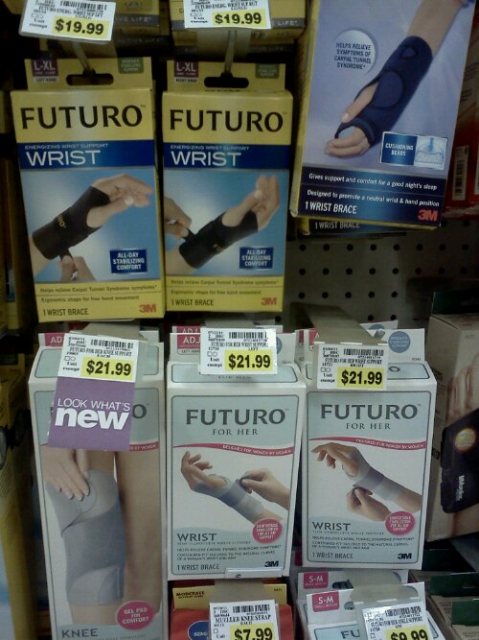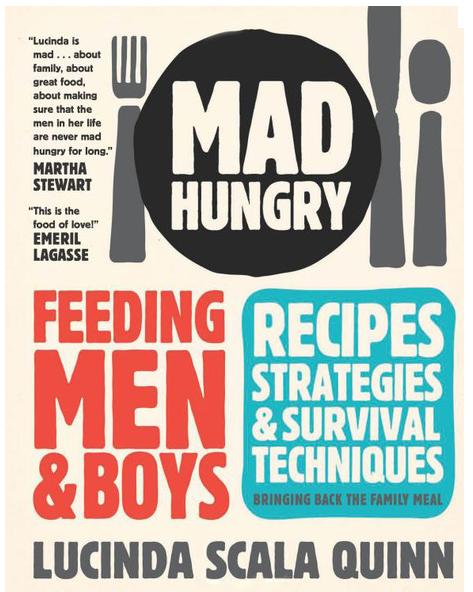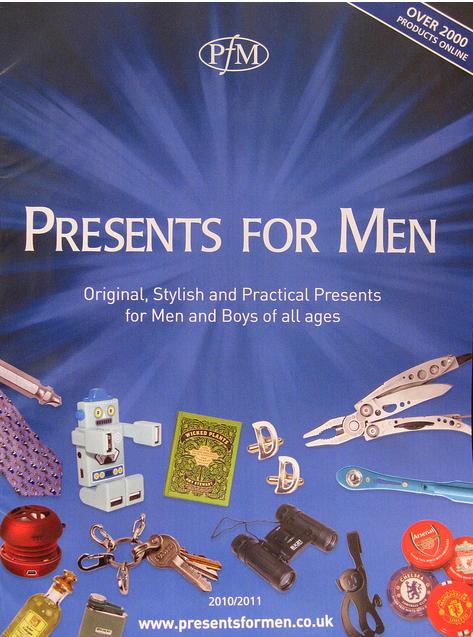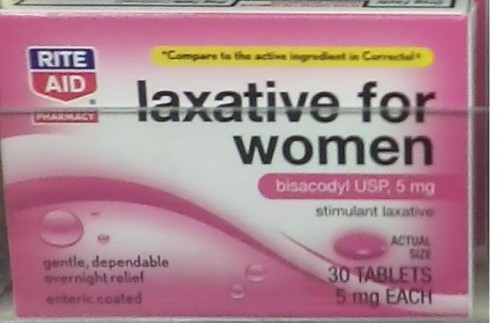 Australian sparkling wine manufacturer Yellowglen has been running the Bubbly Girls campaign for about a decade in Australia. The brand’s self-proclaimed goal of the campaign is:
Australian sparkling wine manufacturer Yellowglen has been running the Bubbly Girls campaign for about a decade in Australia. The brand’s self-proclaimed goal of the campaign is:
Yellowglen celebrates women everywhere. We’re proud to be part of the celebration, and as such have asked three women who are living their dreams to be the Yellowglen Bubbly Girls. Who are they? They’re bright, beautiful girls who epitomise everything that we love about Australian women.
The marketing campaign actively employs a conflation of femininity and aspirational fantasy. The three women in the video were allegedly chosen because of “…the real life achievements of women and the female spirit.”
No evidence is given of any actual life achievements (i.e., experiences, career developments or highlights). Rather, the featured women talk about their dreams and desires to be famous by way of acting, music, or by spending their life travelling the world. No evidence is provided that they have even pursued these goals yet, let alone achieved anything worthy of note in these pursuits.
The rest of the campaign consists of the women modelling and drinking sparkling wine, sometimes making appearances at “fashionable” events such as the Melbourne Cup (a national Australian event worthy of it’s own post) as part of larger fashion-oriented campaign.
Thus, the campaign appears to re-enforce several patriarchal notions of femininity:
- The genderization of “‘fun”: femininity, fashion, friends, social attention (and bubbles!).
- Success is defined by fantasy; lofty and rather unattainable ambitions for careers based on appearances and social attention.
- Celebration is “a day in the spotlight,” of pamper and attention; not the acknowledgement of tangible outcomes.
Has anyone seen a male-oriented campaign that ‘celebrates’ men in a similar fashion? I’m genuinely curious.
—————————
Nick Green studies Arts (Communications) at Monash University and Economics at University of New England, Australia, with particular interest in social economics. He performs in Heartbreak Club (a group that creates semi-satirical songs about male narcissism), writes about wine and loosely related topics at the Journal of Sparkling Shiraz, and is employed by an Australian media company.
If you would like to write a post for Sociological Images, please see our Guidelines for Guest Bloggers.





